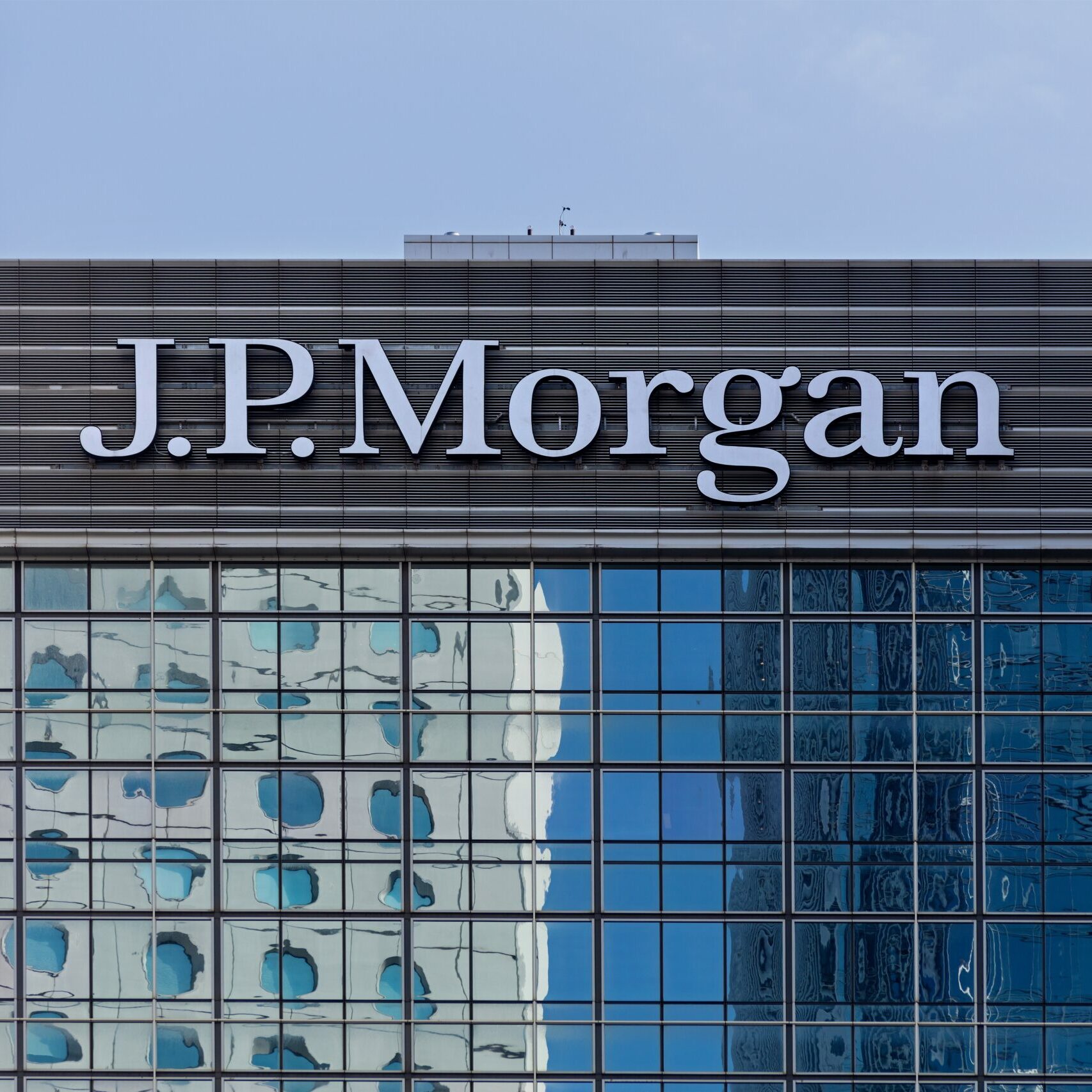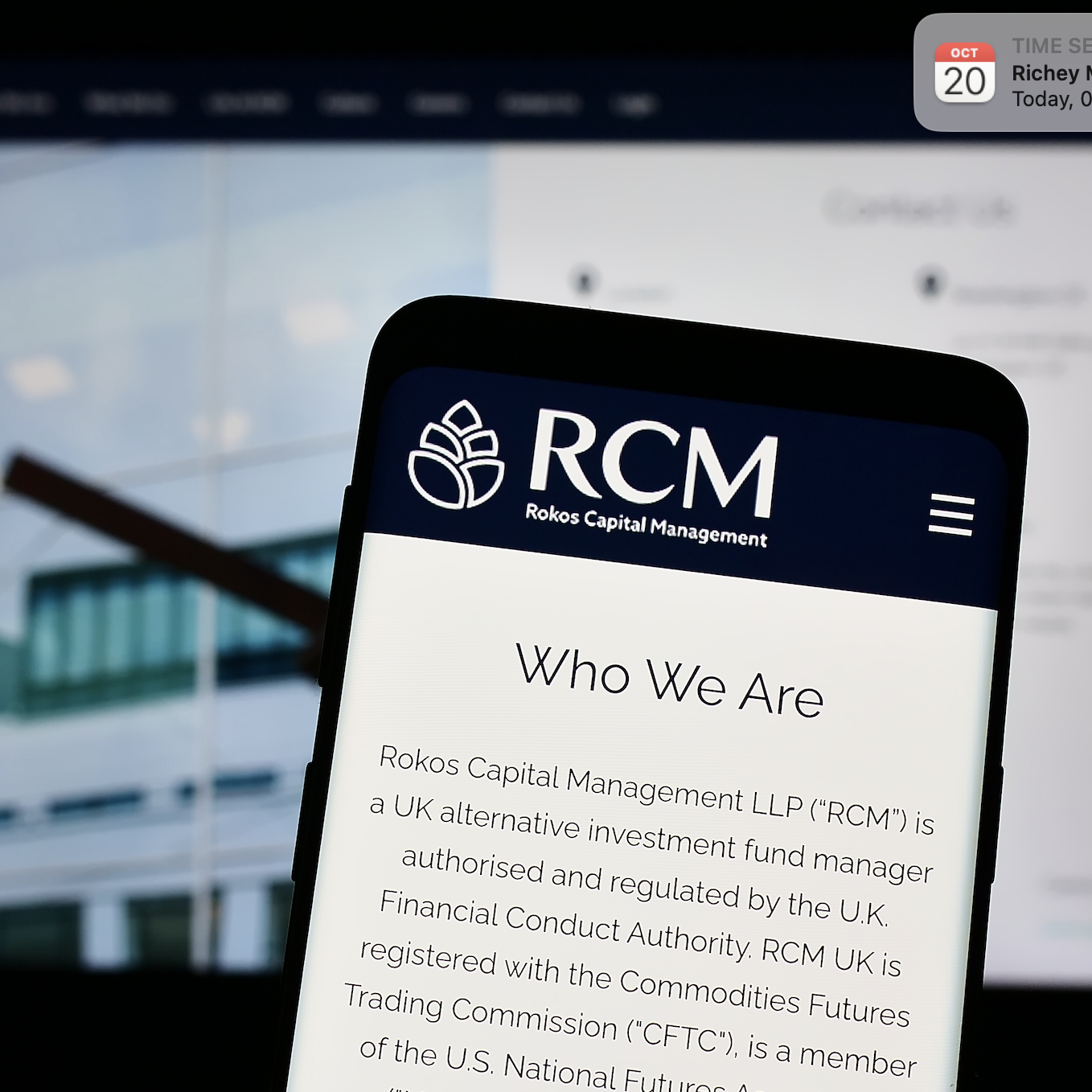Invesco, an asset manager with over 30 years of expertise in factor investing, has released the findings from a new study “Active bond returns – powered by factors,” the first in a series of papers designed to help investors better understand the implications of factor investing in fixed income.
The study, which applies factor strategies to numerous fixed income vehicles, found that, even when a bond strategy is not explicitly labelled a factor strategy, its factor exposures are key drivers of active performance.
“We found that factors may be responsible for many active fixed income managers’ performance over the last decade, and that many may be leveraging factors without even knowing it,” says Rob Waldner (pictured), Chief Strategist and Head of Multi-Sector Portfolio Management, Invesco Fixed Income. “Factor-based strategies mark a permanent shift in how assets are managed and offer potentially significant benefits for those investors who understand and manage factor exposures in their portfolios.”
Investment factors are directly observable characteristics of securities, which can be used as part of an investment strategy to help investors achieve particular outcomes. Fixed income factors include:
• the value factor which identifies bonds priced lower than their peers, and which Invesco Fixed Income believes often helps to explain the excess returns referenced in the study;
• the carry factor, which explains risk-adjusted excess returns from holding higher-yielding bonds;
• the liquidity factor, which explains risk-adjusted excess returns from holding less liquid bonds;
• and the quality factor for risk-adjusted excess returns from holding low-volatility bonds.
The analysis sampled 65 of the largest US fixed income managers in the Lipper Core Plus peer group over the period 1 January, 2007 to 30 June, 2018. The analysis regressed factor returns against active returns for each fund in the manager’s universe, considering the value, carry, liquidity and quality factors above.
“We observed that the median manager had materially positive exposure to carry, liquidity and value, and that the majority of bond managers were able to beat their benchmarks, at least partially, by holding older, smaller issue size bonds with lower ratings and longer maturities compared to the benchmark average,” says Jay Raol, Director of Quantitative Research, Invesco Fixed Income. “To a lesser extent, managers held securities that were cheap relative to their sector and rating peers. On average, the data revealed that factor exposures explained 66 per cent of bond managers’ excess returns.”
Given portfolios’ inherent factor exposures, Invesco Fixed Income believes managers should explicitly identify these exposures and, where appropriate, adjust them to better align a portfolio’s risk profile with the return objectives. A factor framework can thus add value alongside fundamental, alpha-seeking strategies and low-cost index strategies.
“Not only could the factor lens result in outcomes more suited to an investor’s objectives; it can also increase transparency, help explain portfolio movements and clarify an active manager’s skill in an efficient, scalable and cost-efficient way,” says Waldner. “With a clear understanding of a strategy’s factor exposures, alpha-generating ability and costs, investors have more information to help determine the likelihood of achieving their desired result.”
“As such, a single-factor solution may be used to complete a portfolio that could lack exposure to a desired factor,” says Raol. “For example, additional exposure to the quality factor could balance the natural carry and value tilts of the median active manager. However, as single factors can go through long periods of outperformance and underperformance relative to the benchmark, a multi-factor solution may be more desirable where investors are seeking long-term exposure to all factor premiums in an efficient and risk-controlled manner.”








